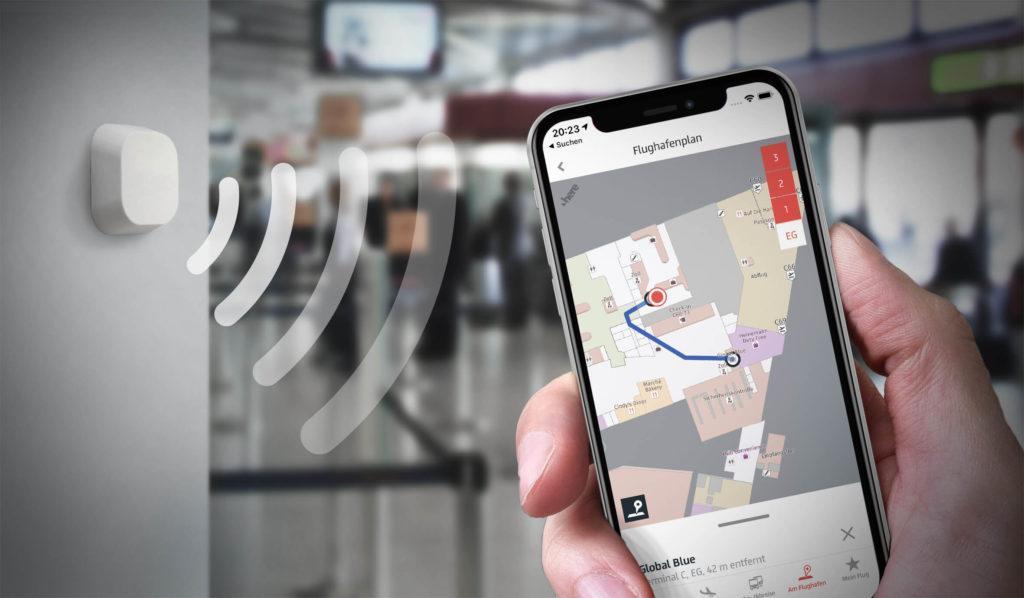While GPS has mastered the outdoors, a new wave of technology is revolutionizing how we navigate the world inside buildings. The Indoor Positioning and Navigation System (IPNS) provides "GPS-like" capabilities for complex indoor environments such as airports, shopping malls, hospitals, and warehouses. This technology enables precise location tracking and turn-by-turn navigation where satellite signals cannot reach. The immense potential and growing adoption of these systems are highlighted by staggering market projections, which forecast the industry will surge to a monumental USD 365.0 billion by 2032. This growth is propelled by an extraordinary compound annual growth rate (CAGR) of 35.20% during the 2024-2032 period, signaling a profound shift in how businesses and consumers interact with indoor spaces. This technology is no longer a niche concept but a foundational layer for the next generation of smart buildings.
The core challenge that IPNS solves is the inability of Global Positioning System (GPS) signals to penetrate a building's structure effectively. To overcome this, IPNS utilizes a diverse array of technologies. These include leveraging existing Wi-Fi access points, deploying low-energy Bluetooth (BLE) beacons, using Ultra-Wideband (UWB) anchors for high-precision tracking, and employing magnetic positioning or acoustic signals. Often, the most robust solutions use a technique called sensor fusion, combining data from multiple sources—including a smartphone's own inertial measurement units (IMUs) like accelerometers and gyroscopes—to provide a smooth and accurate positioning experience. This multi-technology approach allows for flexibility in deployment, catering to different accuracy requirements and budget constraints, from simple presence detection to centimeter-level precision for industrial robotics.
The applications for an effective IPNS are vast and span numerous industries, creating tangible value for both businesses and consumers. In retail, it enables shoppers to navigate large stores to find specific products and receive location-based promotions. In healthcare, it allows hospital staff to quickly locate critical medical equipment like infusion pumps or wheelchairs, and helps patients and visitors navigate sprawling medical centers. In logistics and manufacturing, IPNS is crucial for tracking assets, optimizing forklift routes, and ensuring worker safety in complex warehouse environments. For large corporate campuses and airports, it offers seamless navigation, helping people get to their gates or meetings on time. This ability to enhance efficiency, improve user experience, and provide valuable data analytics is driving its rapid adoption.
The benefits of implementing an IPNS extend beyond simple navigation. For venue owners, the technology provides a wealth of data on foot traffic, dwell times, and movement patterns. This information is invaluable for optimizing store layouts, managing crowd flow, and making data-driven business decisions. For consumers, it reduces stress and saves time in unfamiliar environments. For industrial operators, it leads to significant operational efficiencies, reduced search times for assets, and improved safety protocols. As the technology continues to become more accurate, affordable, and easy to deploy, its role as a fundamental component of smart building infrastructure is becoming undeniable, paving the way for a future where getting lost indoors is a thing of the past.
Explore Our Latest Trending Reports:
Philippines Data Center Market



